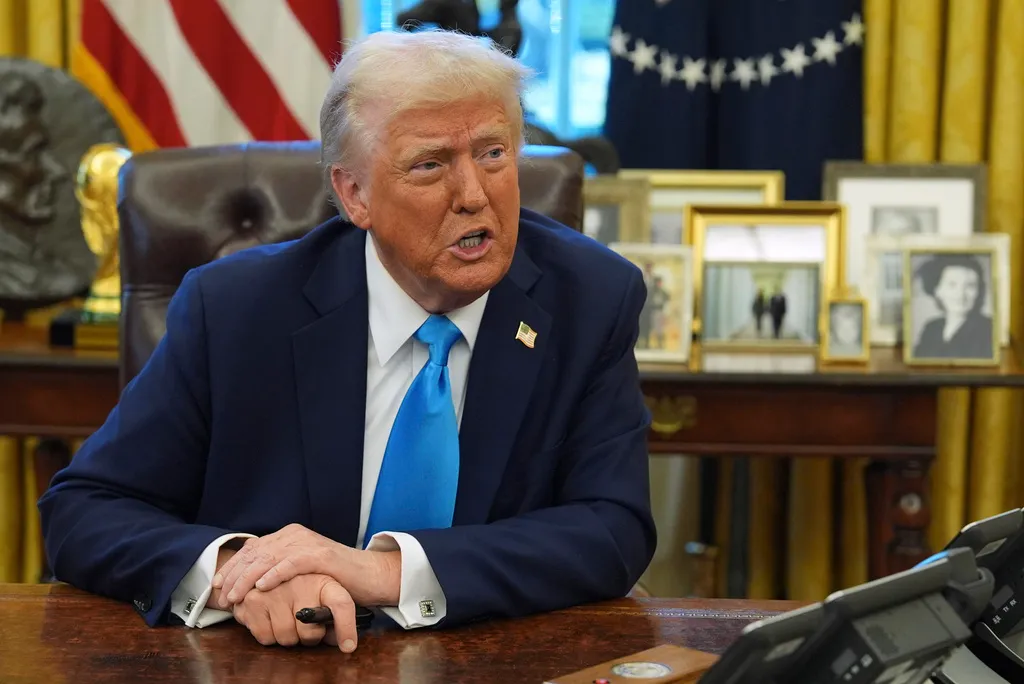In a decisive policy shift, former President Donald Trump has announced a sweeping 10% baseline tariff on all imports, set to take effect on April 5. The move aims to pressure foreign nations into lowering trade barriers while bolstering U.S. manufacturing.
Potential Economic Fallout
The implications of this policy could be far-reaching. Analysts warn that the tariffs may escalate global trade tensions, drive inflation higher, and add further volatility to an already uncertain economic climate.
Trump’s tariff plan primarily targets countries with significant trade surpluses with the U.S., including China, the European Union, South Korea, Japan, and Taiwan.
A Global Trade Shake-Up
Under this new tariff structure, the U.S. will impose higher taxes on imports from nations with larger trade imbalances. China, for instance, will face a 34% import tax, while the European Union will see a 20% tariff hike.
Positioning the move as a corrective measure against decades of perceived unfair trade practices, Trump claims the policy will revive American manufacturing and restore the country’s economic dominance. To enforce these tariffs, he has declared a national economic emergency under the 1977 International Emergency Powers Act, bypassing Congress—a move critics argue oversteps executive authority.
Despite concerns over rising consumer prices and potential retaliation from foreign governments, the administration expects the policy to generate hundreds of billions in annual revenue.
What Lies Ahead?
While the tariffs are designed to bring foreign nations to the negotiating table, uncertainty looms. There is no set timeline for their duration, nor is it clear how countries like China will respond.
For American consumers, the immediate impact may be increased costs on essential goods, including automobiles, electronics, and clothing. Businesses, too, are bracing for supply chain disruptions and rising operational costs.
Trump’s aggressive tariff strategy signals a significant shift in U.S. trade policy, setting the stage for a turbulent period in global commerce. While the administration hopes to rebalance trade and revitalize domestic industry, the policy could also provoke retaliatory measures and burden consumers with higher prices. The ultimate impact will hinge on how foreign governments react and how U.S. businesses adapt to the changing landscape.
